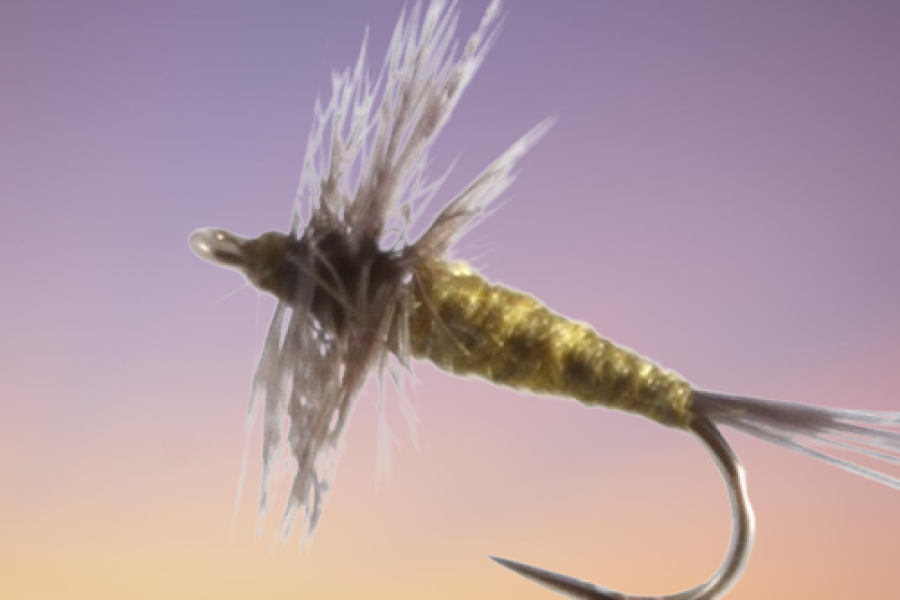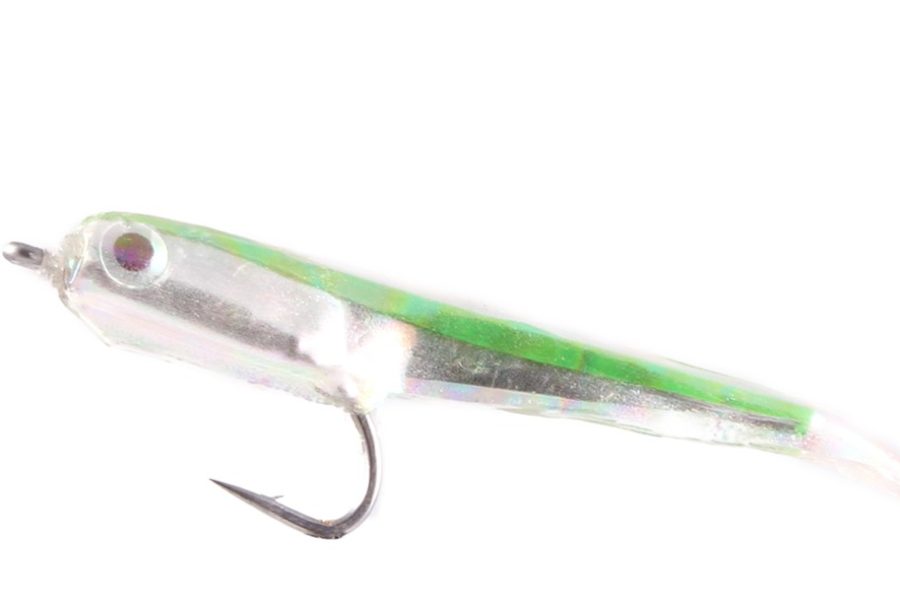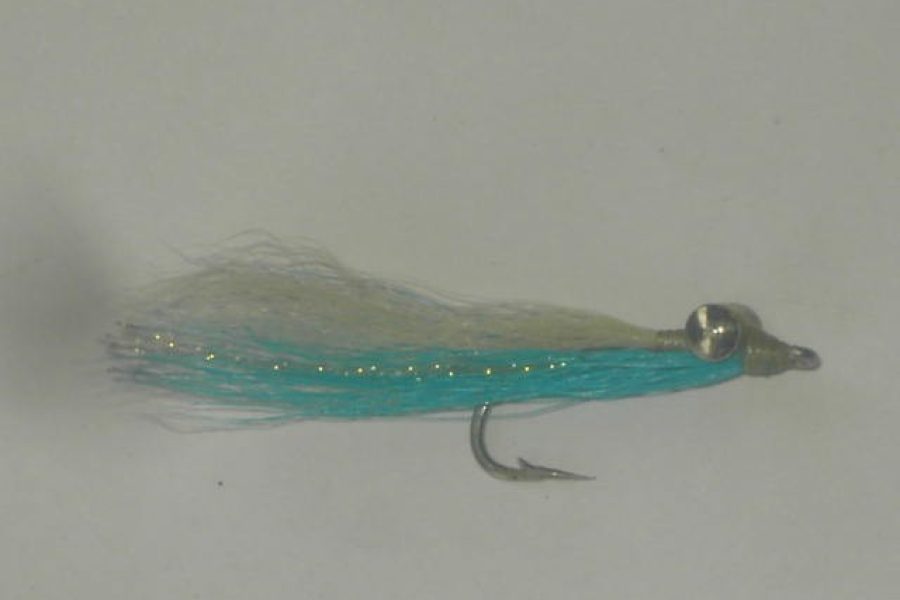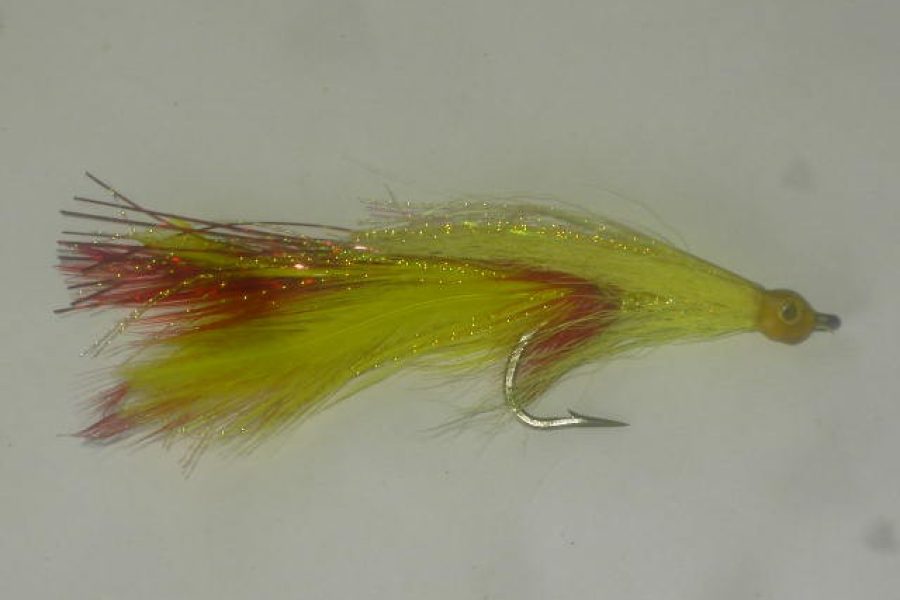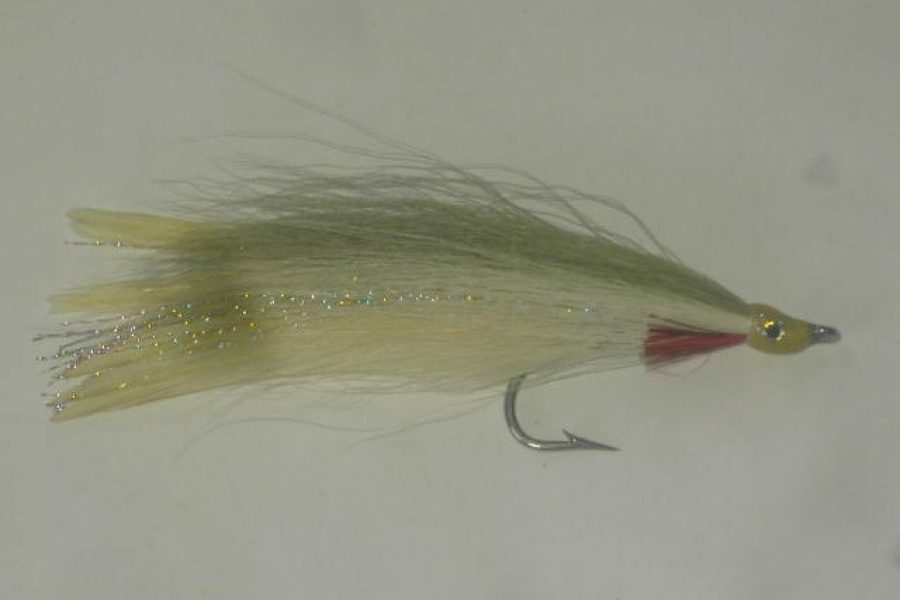Description
Product Overview and Heritage The Deep Baitfish Shad saltwater fly Patterns represent a revolutionary advancement in deep-water baitfish imitation, combining weighted designs with precise shad profiles. These specialized patterns merge modern synthetic materials with traditional tying techniques, creating highly effective deep-running patterns that excel in saltwater environments. Developed through extensive testing in various marine conditions, these patterns have proven particularly effective for targeting predatory species in deeper water columns.
Design Philosophy and Material Innovation The patterns’ effectiveness stems from their carefully engineered components:
- Premium synthetic materials
- Strategic weight distribution
- Specialized flash elements
- Precise shad proportions
- Durable construction
- UV-enhanced materials
- Advanced movement properties
- Enhanced profile design
- Modern tying techniques
- Natural baitfish appearance
Technical Specifications
Hook Characteristics:
- Strong-gauge saltwater hooks
- Available sizes: 1/0-4
- Corrosion-resistant construction
- Straight-eye design
- Chemically sharpened points
- Wide gape configuration
- Salt-proof finish
- Optimal hook strength
- Enhanced penetration design
- Perfect weight-to-hook ratio
Material Properties:
- Selected synthetic fibers
- Premium flash quality
- Shad-specific colorations
- UV-reactive components
- Salt-resistant treatments
- Enhanced durability features
- Quality synthetic materials
- Specialized body materials
- Color-fast properties
- Movement enhancement
Construction and Tying Process The patterns’ success relies on precise construction methods:
- Balanced proportions
- Strategic weight placement
- Graduated body tapering
- Reinforced thread base
- Material integration
- Enhanced durability features
- Proper material application
- Body segmentation
- Profile consistency
- Movement optimization
Fishing Applications and Techniques
Presentation Methods:
- Deep water retrieves
- Sink-and-swim
- Multiple retrieval speeds
- Vertical jigging
- Pattern diving
- Depth manipulation
- Current seam fishing
- Structure targeting
- Cross-current swings
- Action variation
Specialized Applications:
- Deep water columns
- Reef edges
- Channel fishing
- Drop-off zones
- Structure fishing
- Deep flats
- Inlet fishing
- Tidal movements
- Deep holes
- Current breaks
Seasonal Effectiveness
Summer Performance:
- Prime fishing season
- Warm water periods
- Peak activity
- Extended daylight
- Deep water action
- Baitfish schools
- Temperature breaks
- Optimal visibility
- Migration patterns
- Feeding windows
Spring Applications:
- Pre-summer activity
- Warming waters
- Initial feeding
- Water level variations
- Mixed techniques
- Weather changes
- Pattern selection
- Temperature increases
- Fish movement
- Feeding windows
Fall Strategy:
- Baitfish migrations
- Cooling waters
- Changed light conditions
- Transitional periods
- Aggressive takes
- Pattern visibility
- Fish location
- Temperature drops
- Migration patterns
- Feeding windows
Winter Tactics:
- Deep water concentration
- Cold water techniques
- Limited light
- Slow presentations
- Structure fishing
- Temperature considerations
- Pattern visibility
- Fish holding patterns
- Oxygen levels
- Light penetration
Habitat and Water Types
Water Applications:
- Coastal waters
- Deep channels
- Reef systems
- Inlet areas
- Harbor zones
- Offshore waters
- Structure areas
- Current seams
- Drop-offs
- Holding water
Specialized Environments:
- Clear water conditions
- Stained water
- Deep water columns
- Complex currents
- Structure proximity
- Channel edges
- Reef systems
- Tide lines
- Current breaks
- Temperature zones
Target Species and Behavior
Primary Species:
- Striped Bass
- Bluefish
- Cobia
- Grouper
- Snook
- Tarpon
- Jack Crevalle
- Tuna Species
Feeding Behaviors:
- Deep water hunting
- Chase response
- Pattern recognition
- Territorial behavior
- Opportunistic takes
- Selective feeding
- Strike triggers
- Visual stimulation
- Lateral line response
- Competitive feeding
Rigging Recommendations
Leader Setup:
- 9-12 foot leaders
- 20-50 lb tippet
- Tapered leaders
- Fluorocarbon options
- Loop-to-loop connections
- Shock absorption
- Proper stiffness
- Knot strength
- Breaking strain
- Abrasion resistance
Presentation Options:
- Sinking lines
- Intermediate lines
- Multiple fly systems
- Traditional methods
- Modern techniques
- Line matching
- Leader design
- Tippet selection
- Weight placement
- Depth control
Professional Applications
Guide Usage:
- Client-friendly pattern
- Proven success rates
- Visibility advantages
- Easy casting
- Multiple techniques
- Teaching tool
- Confidence pattern
- Versatile applications
- Durability
- Hook-up ratio
Tournament Usage:
- Competition proven
- Technical water success
- Pressure adaptation
- Quick-change capability
- Consistent performance
- Depth control
- Pattern rotation
- Size variation
- Color selection
- Presentation options
Care and Maintenance
Post-Fishing Care:
- Thorough freshwater rinse
- Material grooming
- Hook point inspection
- Salt removal
- Flash preservation
- Storage preparation
- UV protection
- Pattern inspection
- Material maintenance
- Shape verification
Storage Requirements:
- Dry environment
- UV protection
- Separate compartments
- Regular inspection
- Moisture prevention
- Temperature control
- Light protection
- Ventilation needs
- Box organization
- Inventory management
Advanced Fishing Methods
Presentation Techniques:
- Deep water tactics
- Swing control
- Depth control
- Strike detection
- Drift management
- Current reading
- Structure approach
- Pattern tracking
- Recovery methods
- Angle optimization
Water Reading:
- Current understanding
- Depth assessment
- Structure location
- Fish holding areas
- Presentation angles
- Feeding lanes
- Travel routes
- Rest areas
- Temperature breaks
- Current seams
Environmental Considerations
Conservation Features:
- Barbless options
- Sustainable materials
- Durable construction
- Catch-and-release friendly
- Minimal environmental impact
- Eco-conscious design
- Material selection
- Ethical considerations
- Resource protection
- Species conservation
Material Selection:
- Responsible sourcing
- Quality components
- Recyclable elements
- Ethical production
- Sustainable practices
- Environmental impact
- Material longevity
- Waste reduction
- Local materials
- Eco-conscious design
Additional information
| Hook size | 1/0, 2, 4, 6 |
|---|---|
| Hook type | Barbed Hooks, Barbless Hooks |

